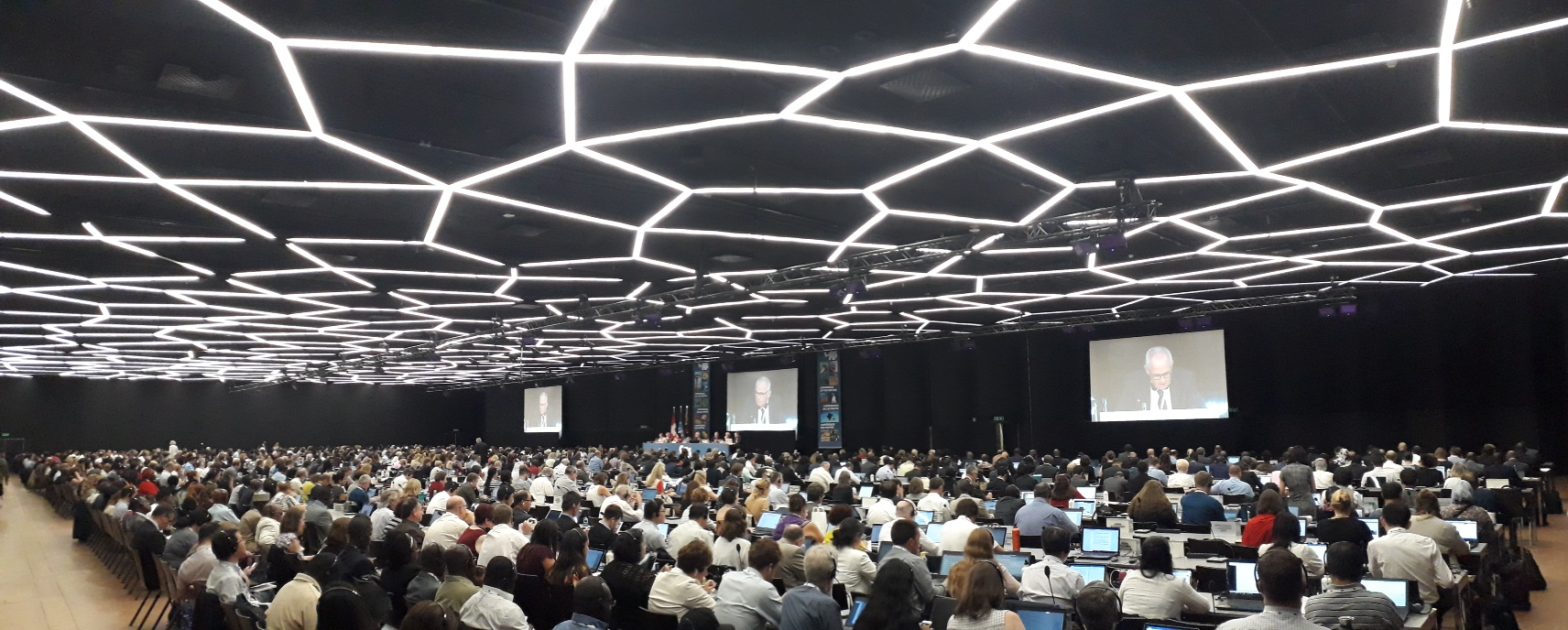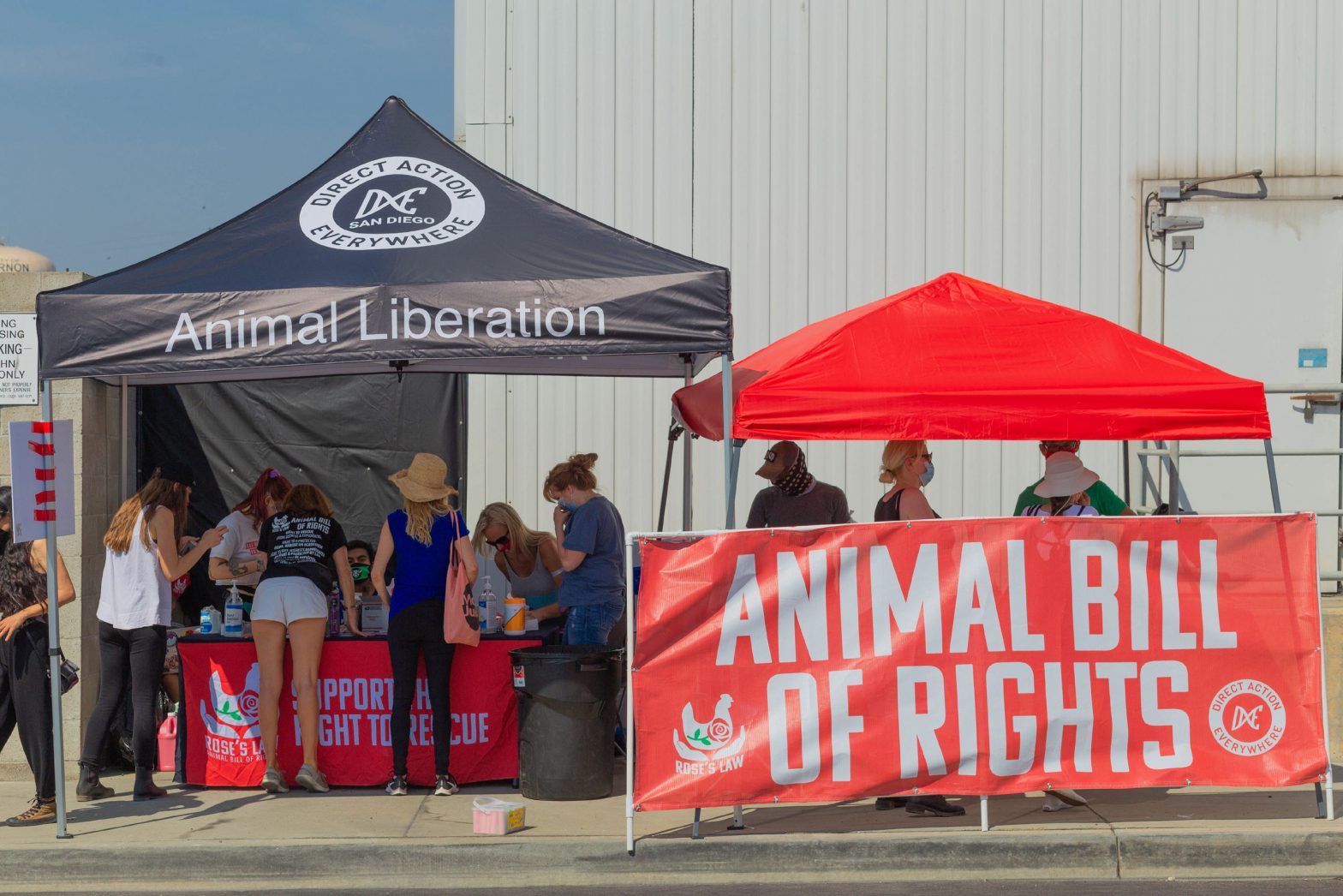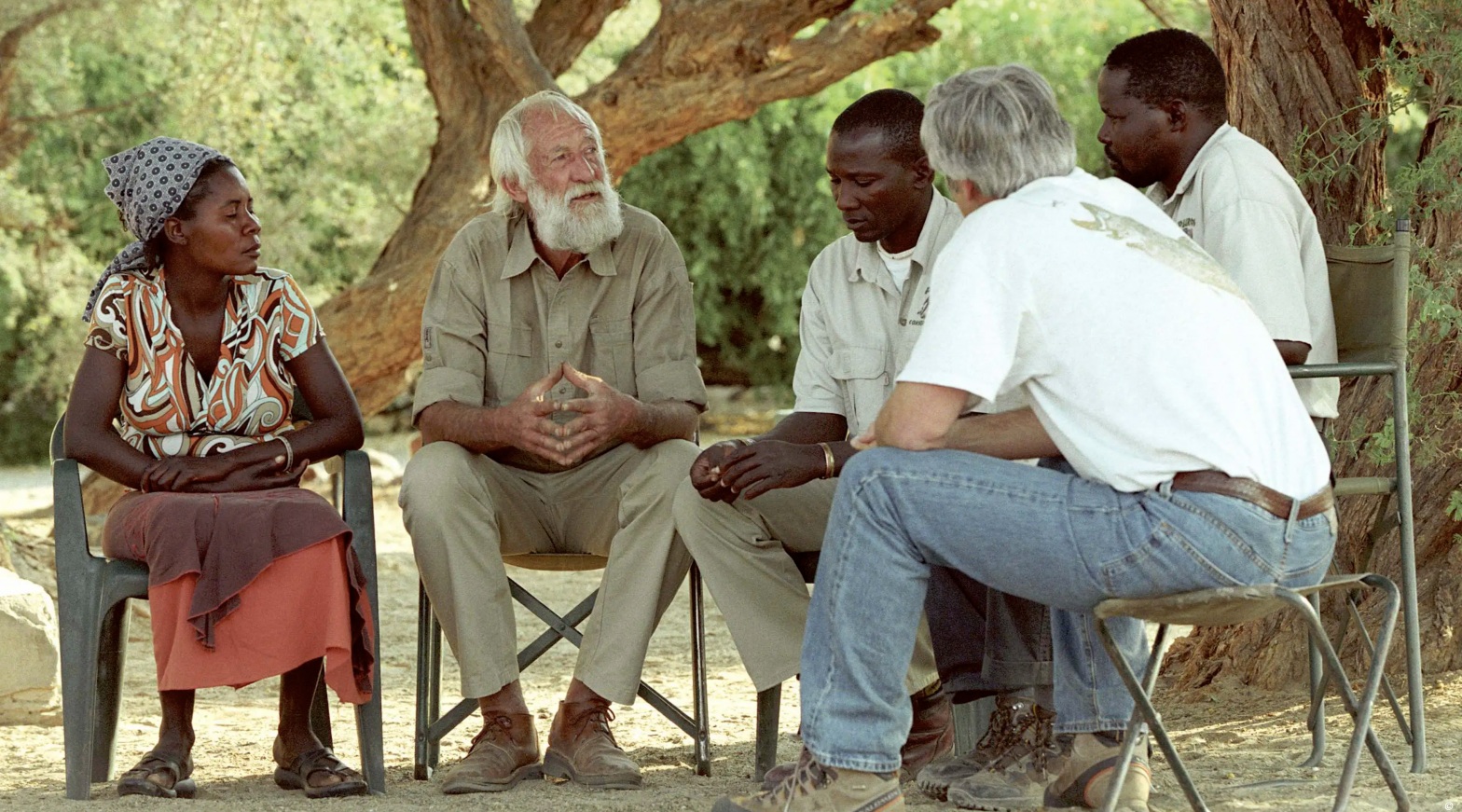By Dr. Nikolas Sellheim Introduction In a forthcoming peer-reviewed study in the Review of European, Comparative & International Environmental Law (RECIEL) entitled “Indigenous youth and international conservation law: Five case studies”, myself and Otava Ojanperä (University of Helsinki) examine five agreements and in how far they consider indigenous youth as legitimate stakeholders. The study was carried out… Continue reading Our new study shows lack of recognition of indigenous youth in international conservation law
Our new study shows lack of recognition of indigenous youth in international conservation law





